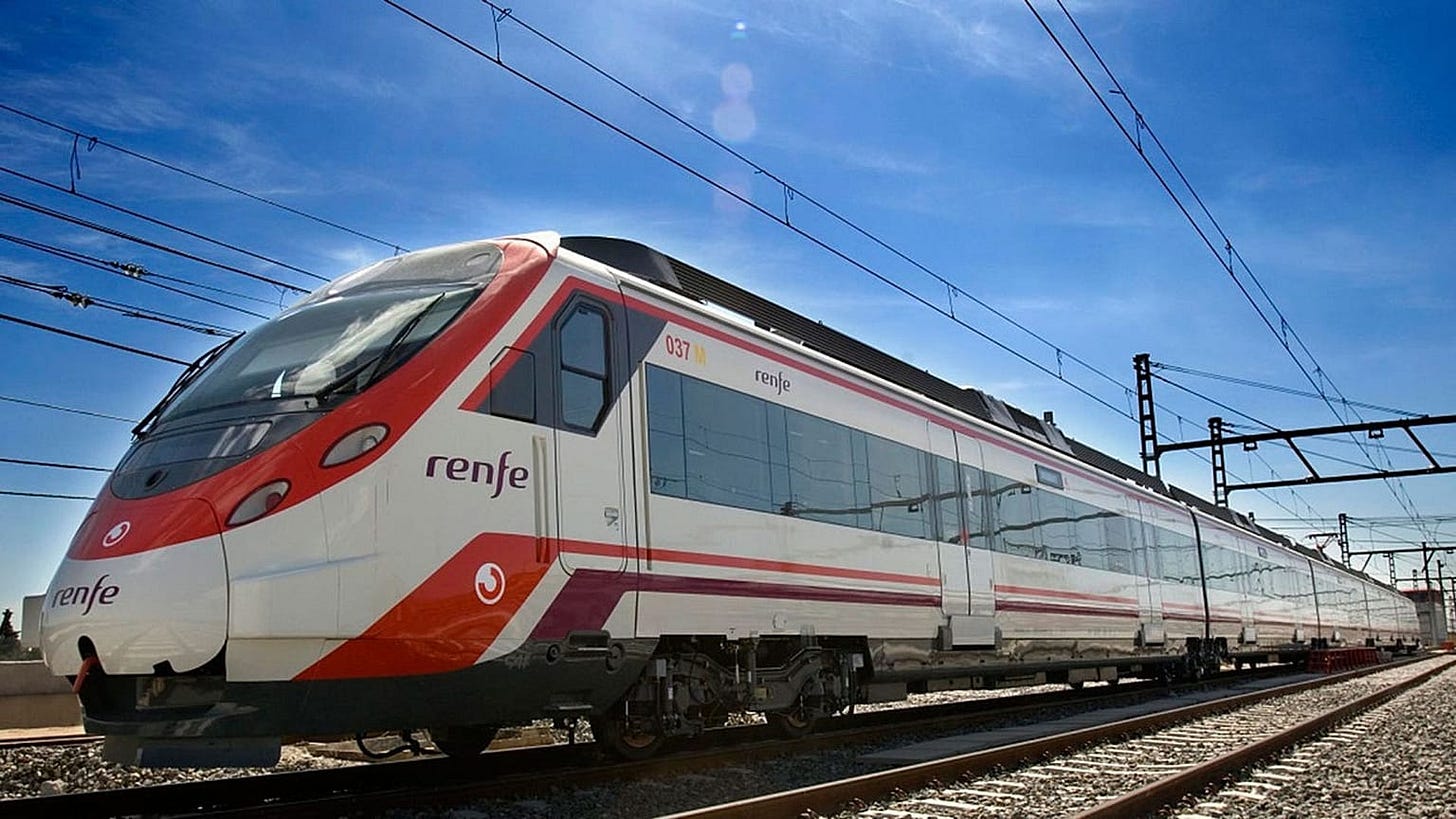Commission sets milestones for Madrid–Lisbon high-speed link

The European Commission has ordered Spain and Portugal to complete the Madrid–Lisbon high-speed rail connection by 2034, using new enforcement powers under the TEN-T Regulation for the first time on a major cross-border project. Services between the two capitals must launch by 2030 with a five-hour journey time, then reach full high-speed standards by 2034, cutting travel to three hours.
The route connects Portugal’s Alta Velocidade network with Spain’s AVE system, closing one of the last missing links between EU capitals. Delays have plagued this Atlantic Corridor project for two decades despite cross-border agreements and EU funding commitments.
The Commission adopted the implementing decision on 30 October under TEN-T Regulation (EU) 2024/1735. Both countries must now align their construction schedules and report progress annually to DG MOVE.
Five hours by 2030, three by 2034
By 2030, through-services between Madrid and Lisbon must operate via Badajoz, Elvas, and Évora with journey time around five hours. By 2034, full high-speed standards must cut the journey to approximately three hours.
Portugal is advancing construction on the Lisbon–Elvas section in phases, with EU Connecting Europe Facility support for the Évora–Elvas and border segments. Spain continues upgrades between Plasencia and Badajoz, with partial sections already operational.
The total project cost is estimated at EUR 8–9 billion, funded through national budgets, CEF grants, and European Investment Bank loans. Additional CEF calls and possible EIB financing are expected in 2026–27.
Transport Commissioner Adina Vălean said the decision “gives the Madrid–Lisbon connection a clear legal path and timeline to 2034.”
Why it matters: The decision shows how the Commission will enforce cross-border projects using its new TEN-T powers. It positions the Iberian Peninsula firmly within the European high-speed network and serves as a test case for coordinated EU infrastructure accountability.
What’s next: Annual progress reports to DG MOVE will monitor compliance. The line will eventually integrate with Porto–Vigo and Madrid–Galicia connections to complete the Atlantic Corridor backbone, linking northwestern Iberia with the EU core network.

